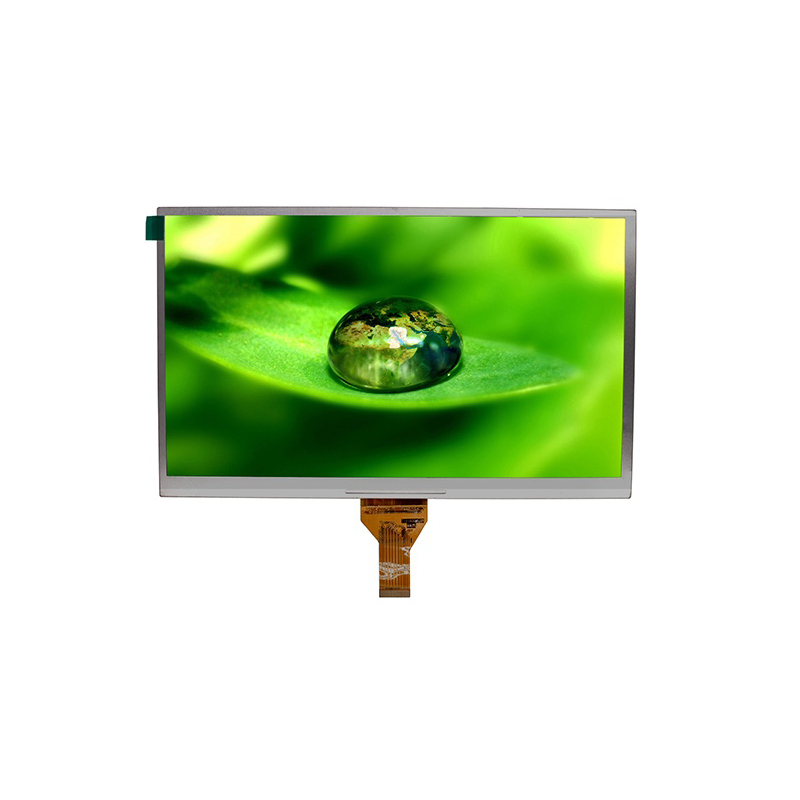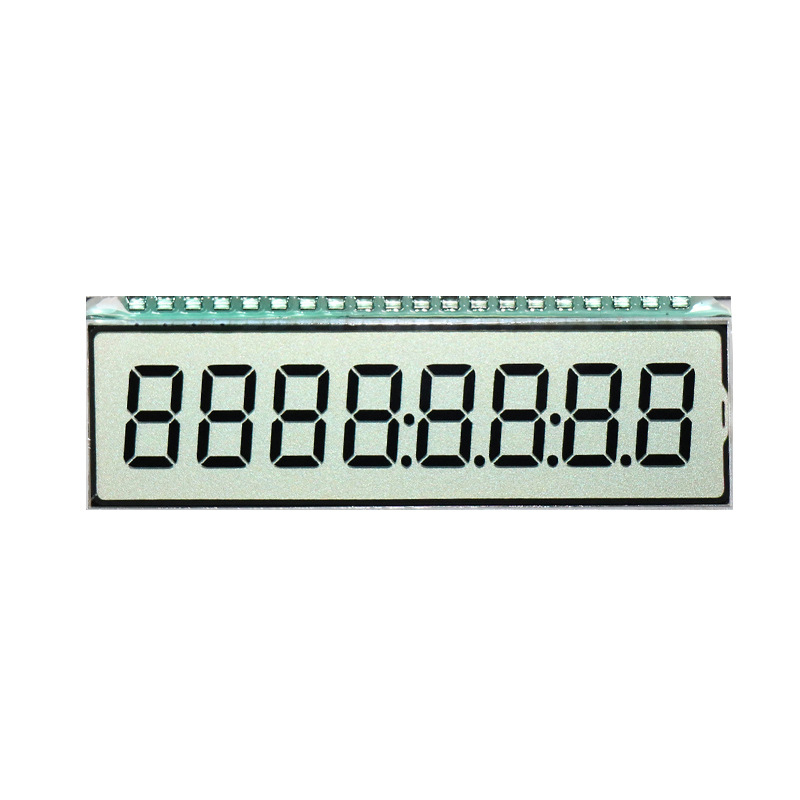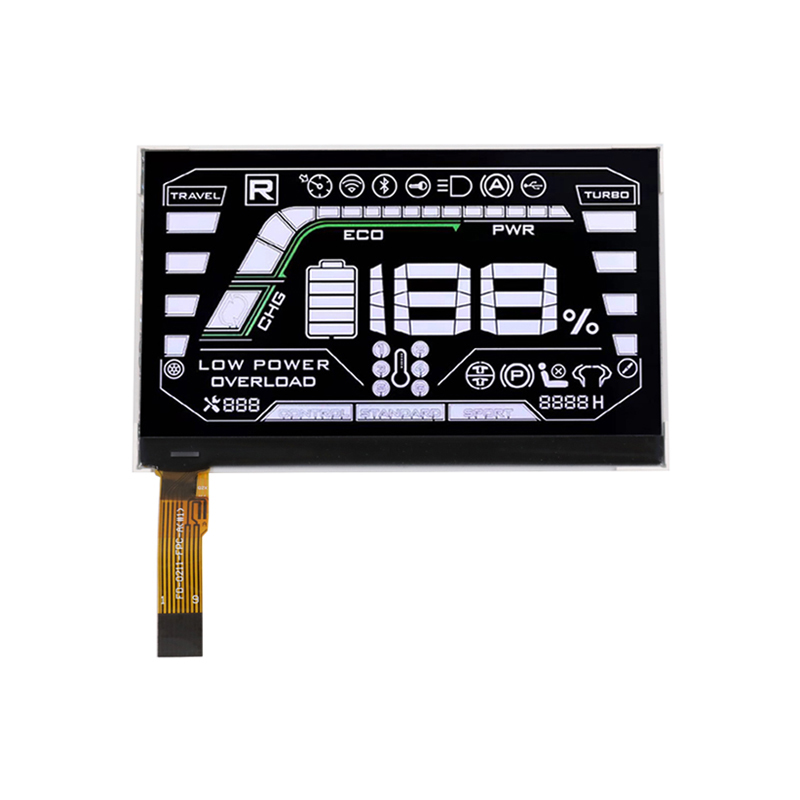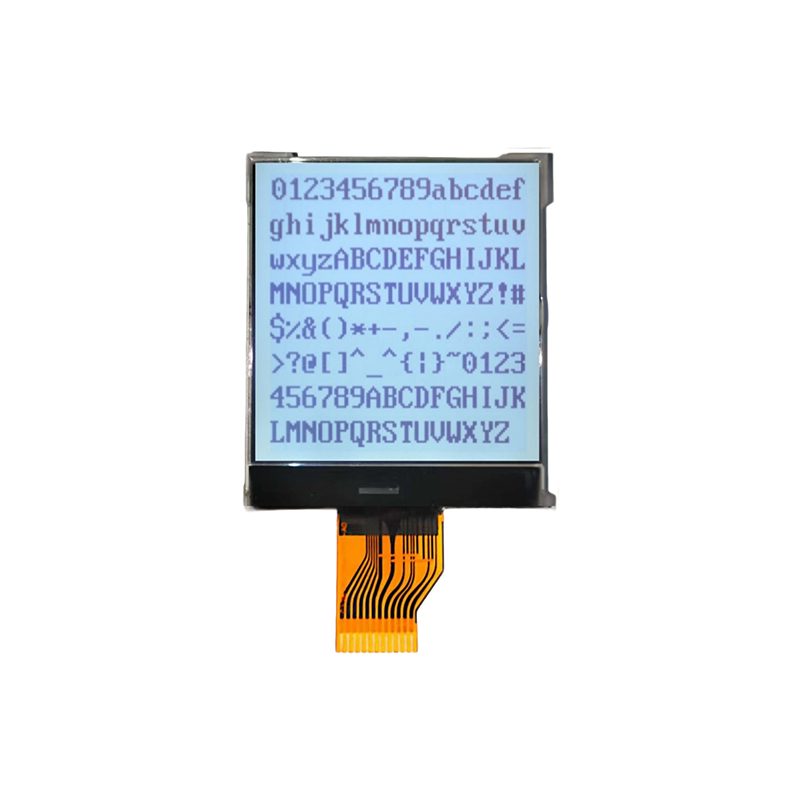
Combining the vibrant visuals of large OLED displays with the versatile capabilities of Arduino opens a world of possibilities for captivating projects. From data visualization dashboards to interactive art installations, this powerful pairing empowers you to create stunning and dynamic experiences. This comprehensive guide will walk you through selecting the right display, connecting it to your Arduino, and implementing various applications. We'll delve into the technical aspects, offer practical examples, and provide troubleshooting tips to ensure a smooth and rewarding experience. Whether you're a seasoned Arduino enthusiast or just starting your journey, this guide provides the knowledge and insights you need to harness the full potential of large OLED displays.
Selecting the appropriate large OLED display is crucial for project success. Several factors influence your choice, including:
Large OLED displays come in various sizes and resolutions. Consider the physical space available for your project and the level of detail required. Higher resolutions offer sharper images but may require more processing power from your Arduino. Common sizes range from several inches to even larger panels, depending on your project's scope.
Different displays utilize various interfaces, such as SPI, I2C, and parallel. SPI and I2C are commonly used with Arduino due to their simplicity and efficiency. Check the display's datasheet to determine its interface type and ensure compatibility with your Arduino board.
OLED displays consume power, so consider this factor, especially for battery-powered projects. Check the display's datasheet for its power consumption specifications to determine whether it meets your project's power requirements. Some large OLED displays might require external power supplies.
The brightness and color depth of an OLED display impact the visual quality of your project. Higher brightness allows for better visibility in various lighting conditions. Color depth, measured in bits per pixel (bpp), determines the number of colors the display can show. Greater bpp provides more vibrant and realistic images.
Once you've chosen your large OLED display, connecting it to your Arduino involves several steps:
Refer to the display's datasheet for precise wiring instructions. Typically, this involves connecting the display's power, ground, data, and clock (if using SPI) pins to the corresponding pins on your Arduino. Careful and accurate wiring is essential to prevent damage to the display or your Arduino board. Incorrect wiring can lead to erratic behavior or even damage your components.
You'll likely need a specific library for your display to interact with it. The Arduino IDE offers a vast library ecosystem. Search for the library corresponding to your display's model and manufacturer. Installing the library allows you to utilize pre-written functions and simplify the programming process.
Numerous examples and tutorials are available online demonstrating how to use various large OLED displays with Arduino. Begin with a simple example to verify proper functionality before moving on to more complex applications.
The possibilities for combining large OLED displays and Arduino are virtually limitless. Here are a few examples:
Use a large OLED display to present real-time data from sensors, such as temperature, humidity, or pressure. This is invaluable for creating dashboards and monitoring systems.
Create dynamic and responsive art installations that react to user input or environmental changes. The vibrant visuals of OLED displays are perfectly suited for artistic expressions.
Build an information display showing time, date, weather, or other relevant information. The large screen size makes the information easily readable.
If you encounter issues, here are some troubleshooting tips:
Integrating large OLED displays with Arduino opens up creative avenues for compelling projects. By carefully selecting your components, understanding the connection process, and exploring various applications, you can build impressive and functional devices. Remember to refer to the datasheets of your chosen components for detailed information and always prioritize safety during the wiring and testing phase. For high-quality OLED displays, consider exploring options from reputable manufacturers like Dalian Eastern Display Co., Ltd. They offer a wide variety of sizes and specifications to suit your needs.












